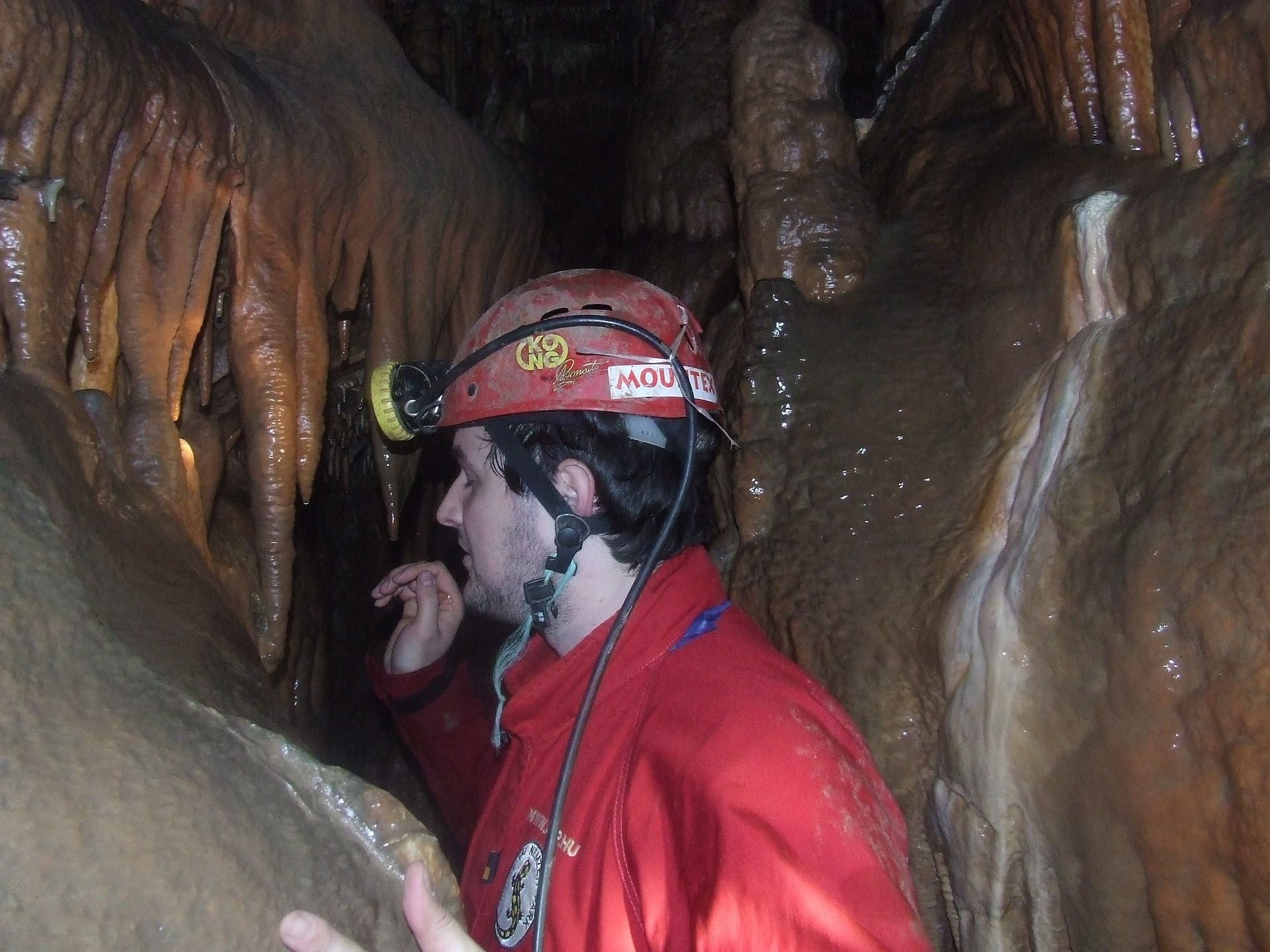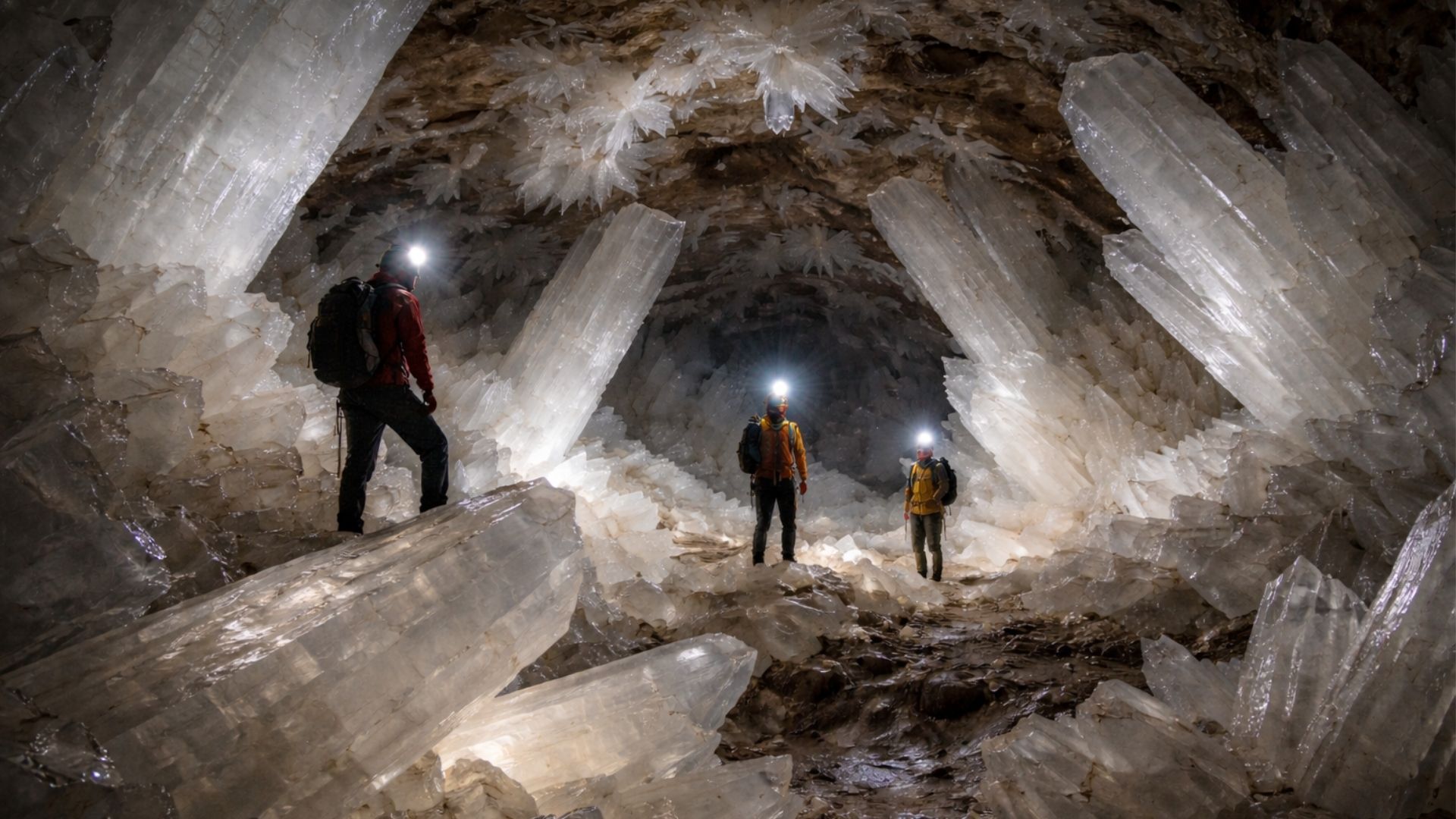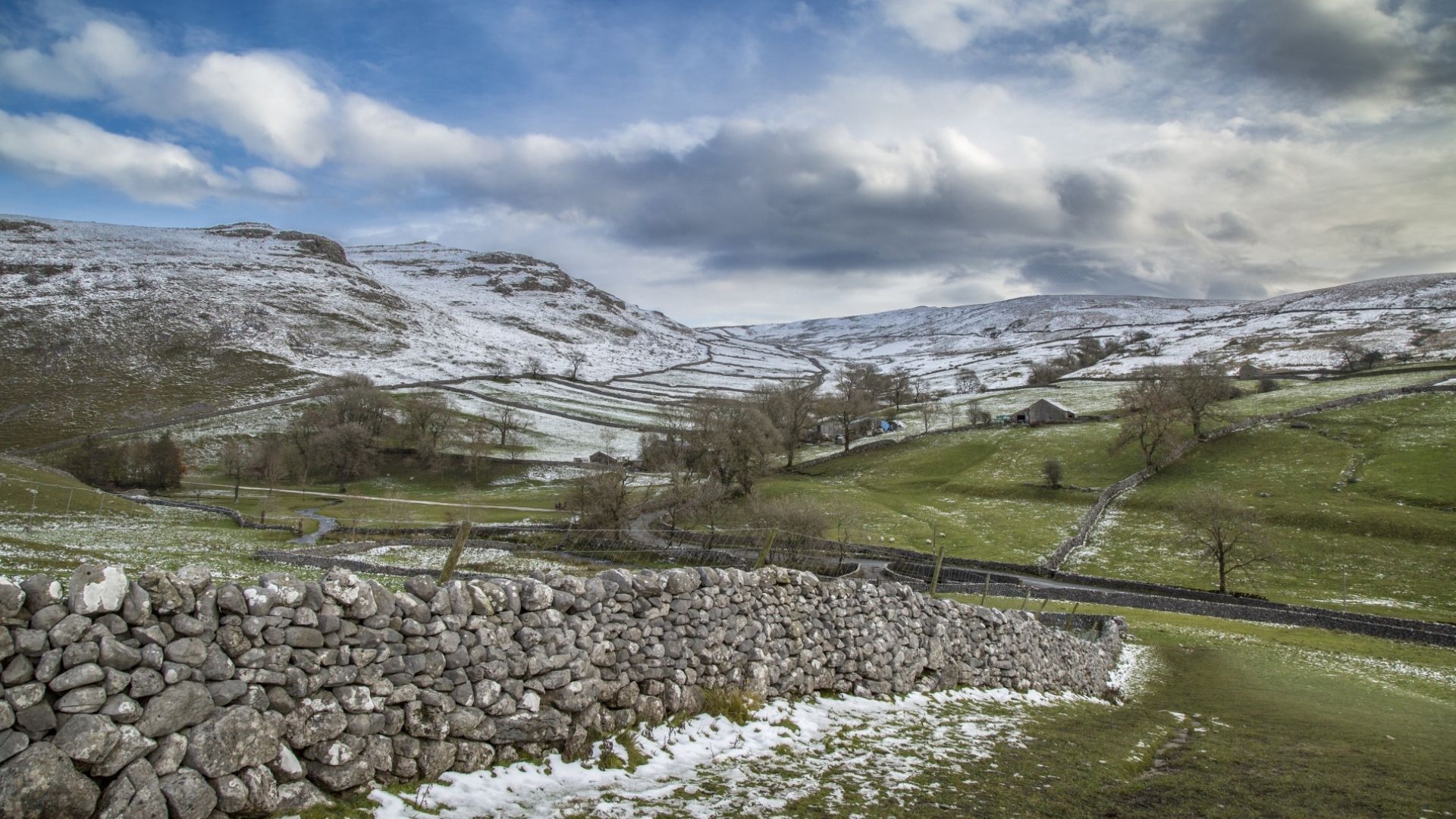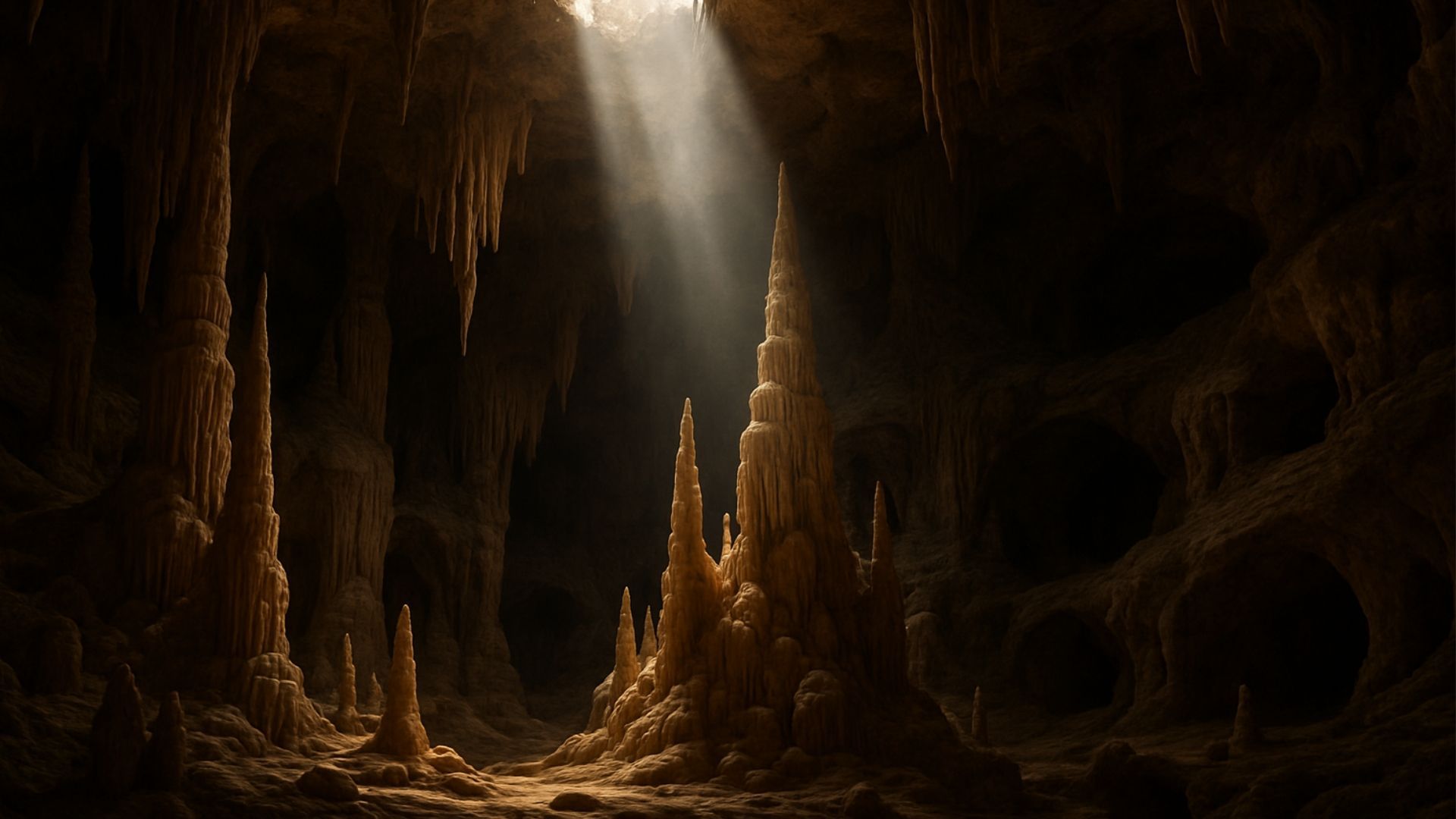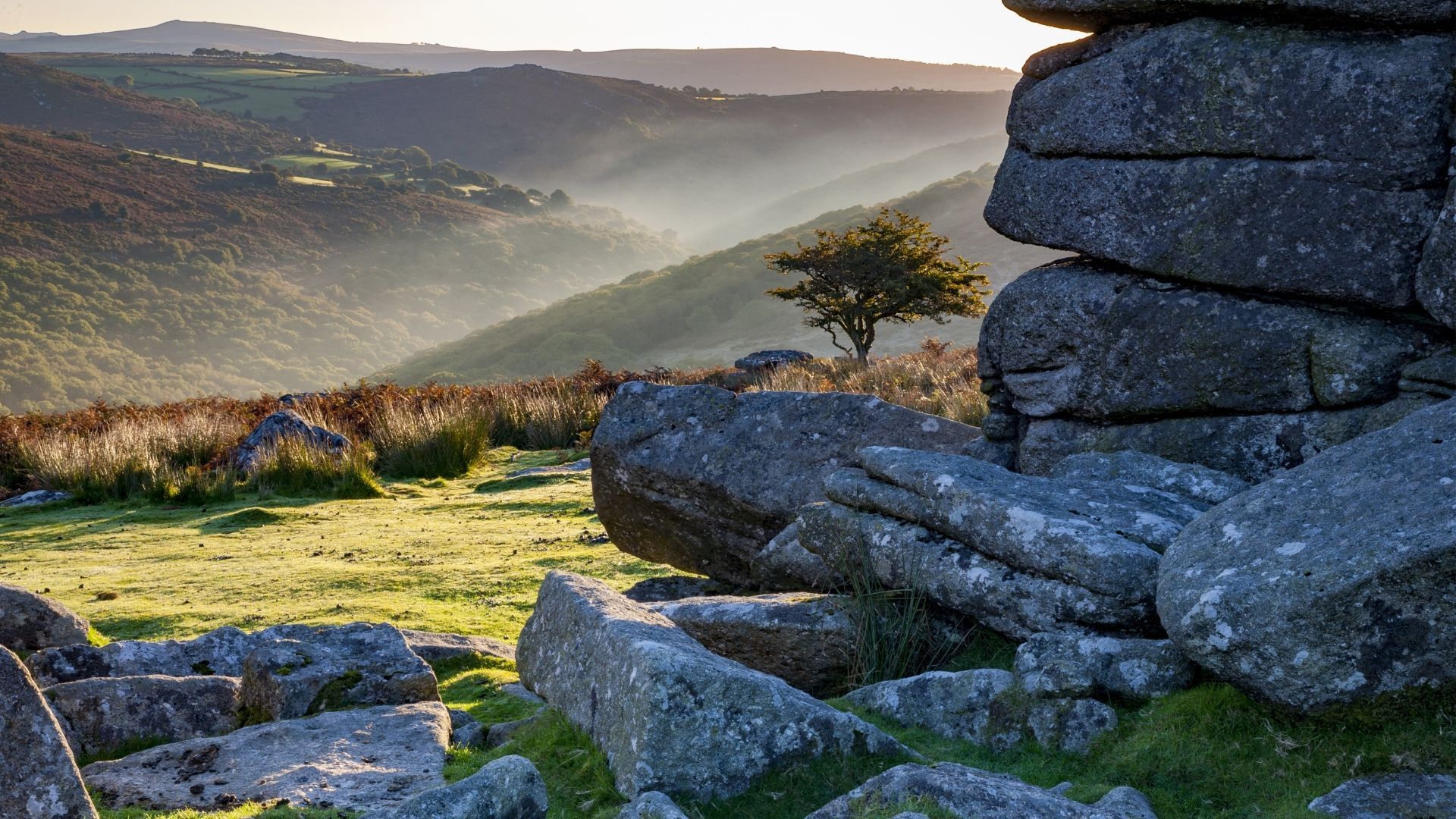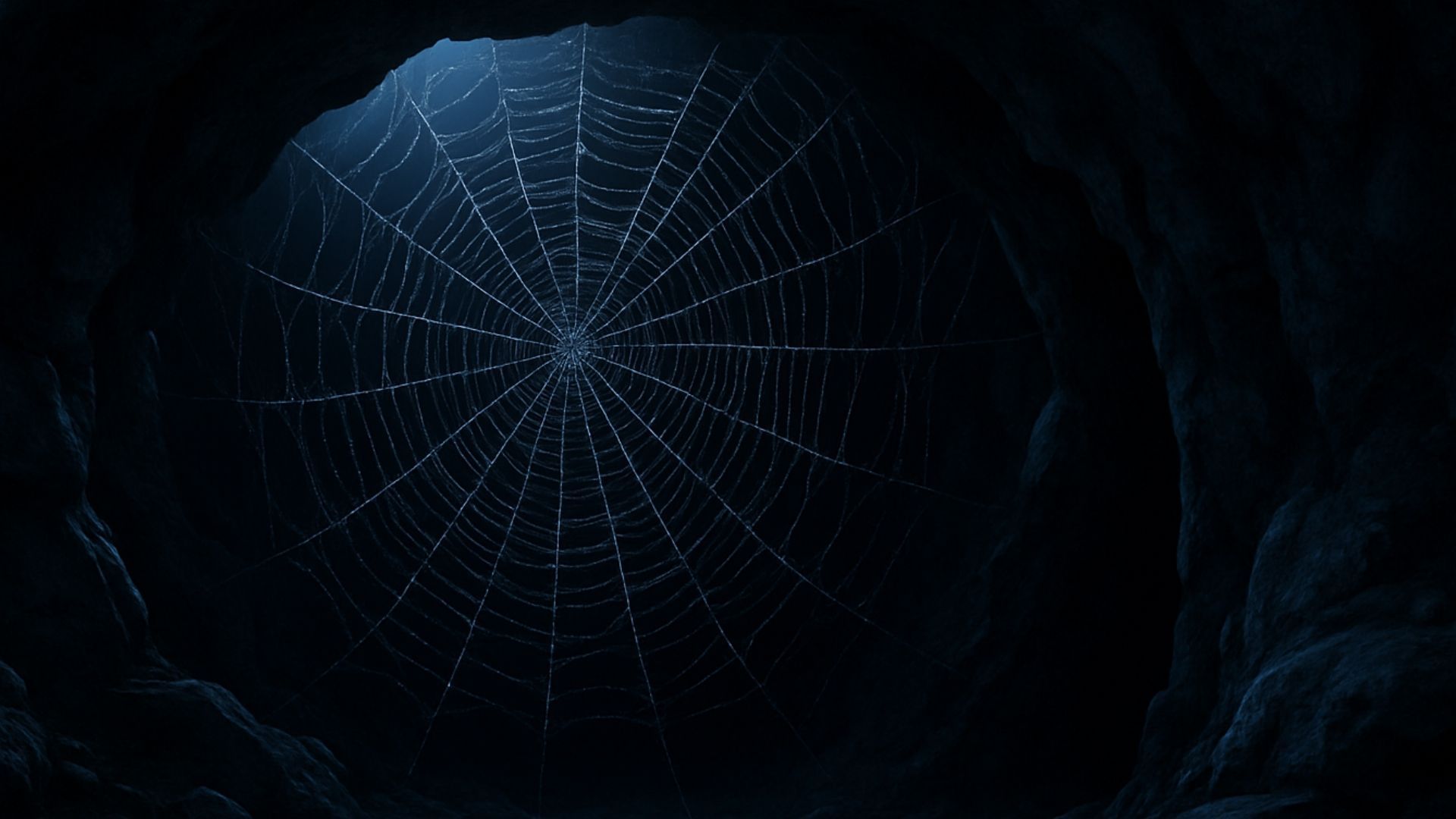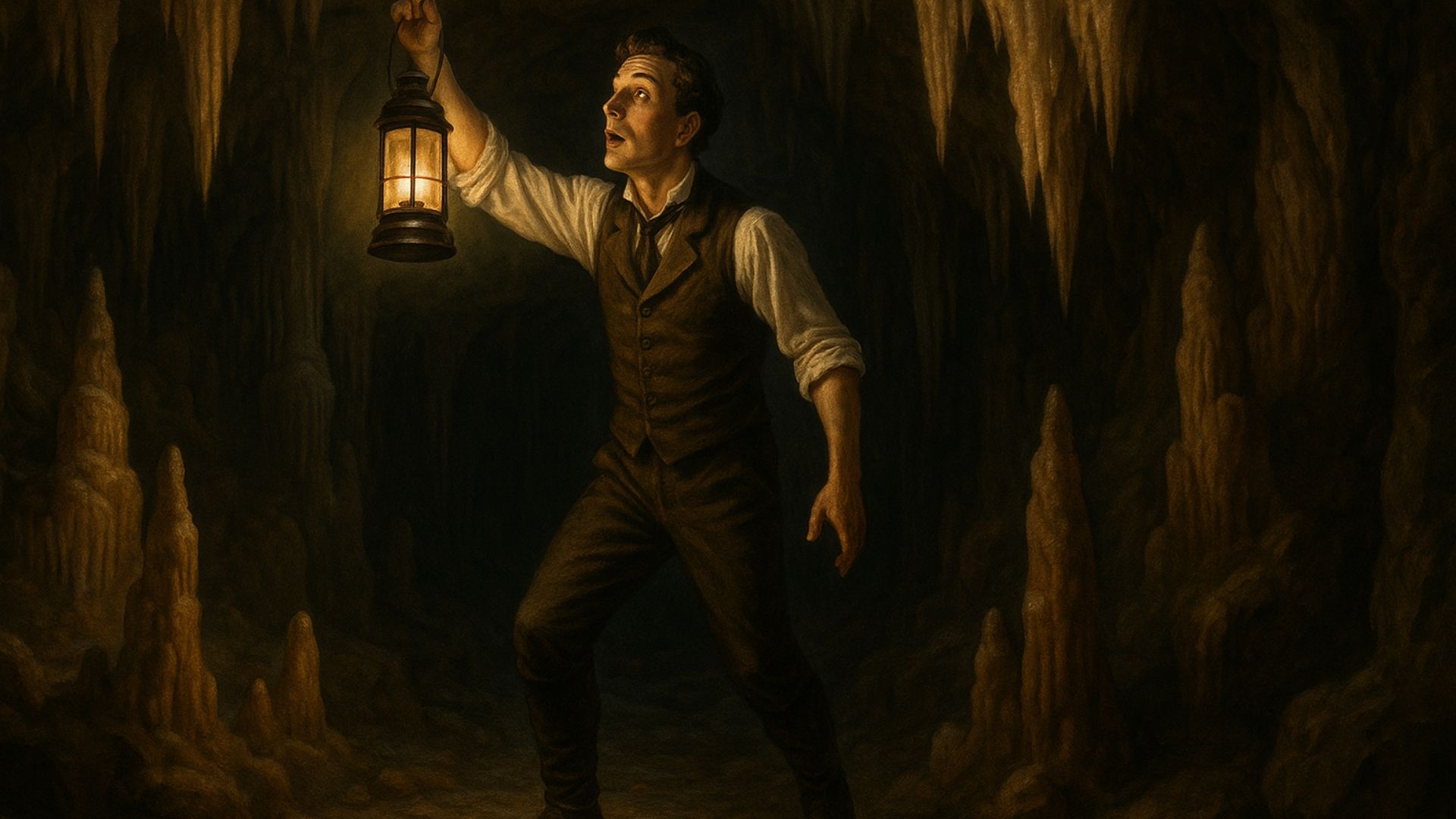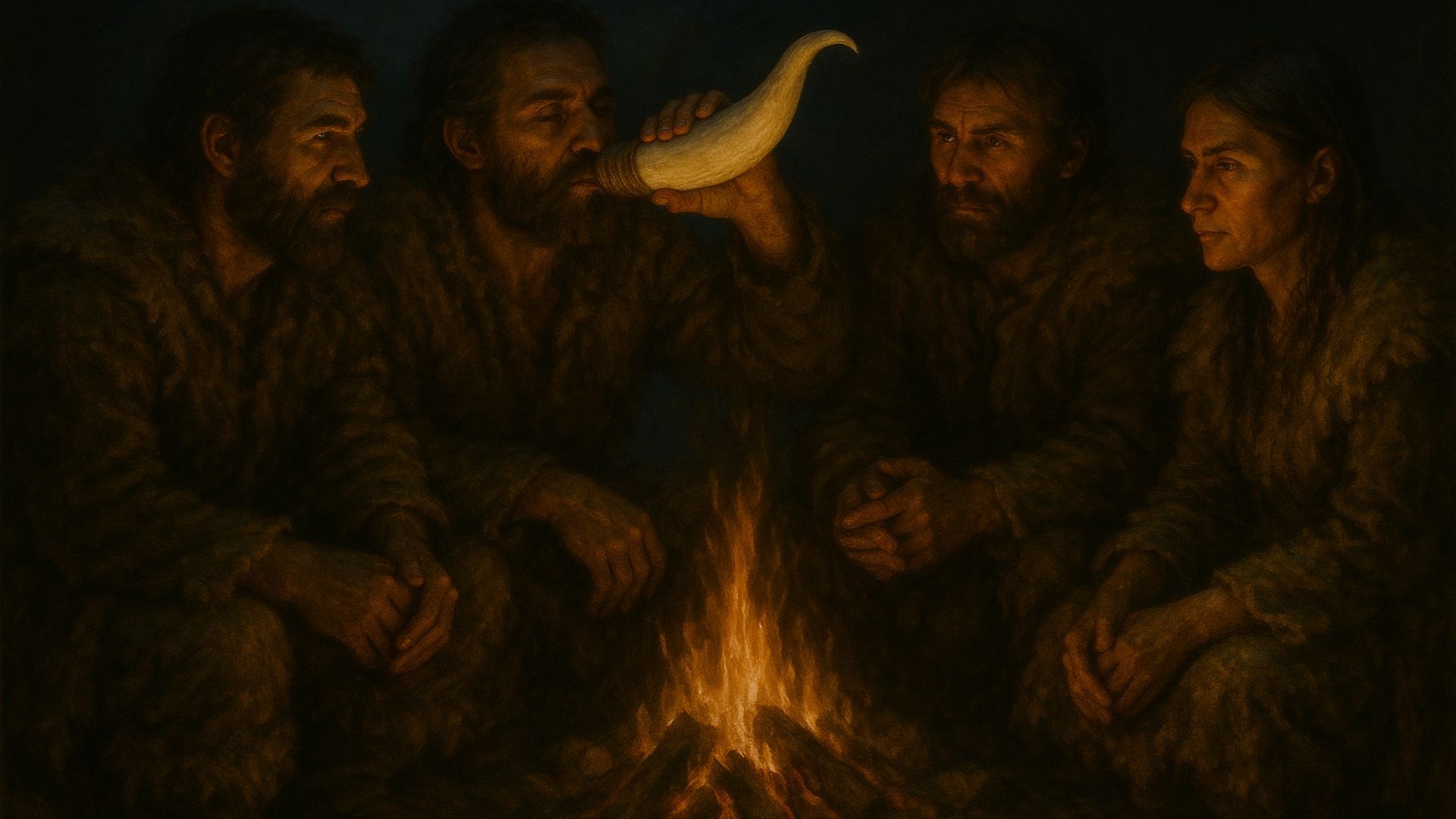Do you know your boneyard from your boulder choke? Get clued up on caving jargon with our A to Z of common speleological words and phrases.

The English language is a beast.
Browse the Oxford English Dictionary and you'll encounter more than 600,000 words. Once you throw in scientific terms, acronyms and snatches of Latin, the total rises to something like one million.
That's about one word for every inhabitant of Djibouti.
Our point is this: there are plenty of words to go around. And even a hobby as niche as caving has its fair share of jargon.
You won't need to know these caving terms to enjoy
your visit to Stump Cross Caverns. You can have loads of fun simply exploring the caves and soaking up the magical atmosphere.
But if you really
want to know your boneyards from your boulder chokes, this one's for you.
The (not quite) A to Z of caving jargon
Speleology
Yes, we're starting our A to Z with an "S" word. That's because it's a
very important "S" word.
Speleology is the scientific study of caves – and people who study caves professionally are known as "speleologists".
Speleologists don't just crawl into caves as a hobby or for a bit of Sunday recreation. They descend into the depths to learn more about how the planet works – and how it got here.
As you might imagine, speleology is a complex and varied field that encompasses a wide range of disciplines. There are speleobiologists, who study the strange creatures that lurk in caves and caverns. There are geologists, who trace the history of the Earth through clues left in rocks. And there are archaeologists, who learn how human cultures used and interacted with these dark, mysterious spaces.
Stump Cross has hosted a good few speleologists in its time. Geoff Workman, the local legend who
spent 105 days living underground at Stump Cross, was an amateur speleologist –
and a rocket scientist. Talk about an impressive CV.
Caving
Let's cover one more important definition before we get on with the show.
Caving is a pastime that involves exploring wild cave systems for fun. People who enjoy the hobby are called "cavers", "spelunkers" (in the US) or "potholers" (in the UK).
Caving might be a pastime – but it's hardly cross-stitch. Descending into wild caves requires careful training, special equipment and nerves of steel. Even then, it can be very dangerous – though some caves are more dangerous than others.
And while there's a distinction between speleology and caving, it's not always clear cut. Many speleological studies are carried out by cavers – because, after all, they're among the few who have the knowledge and experience to do it safely.
You won't have to worry about mudslides or tight squeezes at Stump Cross Caverns, though. Cavers specialise in
wild
caves – but Stump Cross Caverns is a
show
cave. As we'll soon see, there's a big difference between the two.
Anthodite
A crystal structure found in some limestone caves. With their thin, needle-like shards, Anthodites look a little like sea urchins.
Belly crawl
A low passage in a cave – so low, in fact, that you might have to crawl on your belly to get through.
Boneyard
Not as grisly as it sounds. A boneyard is a sheet of limestone that has been eroded away, leaving distinctly bone-like shapes behind.
Boulder choke
A mass of rubble or rocks that blocks a cave passage. Boulder chokes need to be cleared before cavers can pass through – and this can be difficult, dangerous work.
Cave conservation
Protecting and restoring caves to keep them as close to their natural form as possible. Cave conservation is an important part of our work at Stump Cross Caverns.
Cupola
A recess in a cave roof. A distinctive feature of lava tube caves.
Eolian cave
A cave formed by wind erosion. Often found in sandstone cliffs and desert environments.
Glacier cave
Glaciers are huge sheets of ice that move very, very slowly. Glacier caves are formed when some of this ice melts – either via water or geothermal heat.
Karst
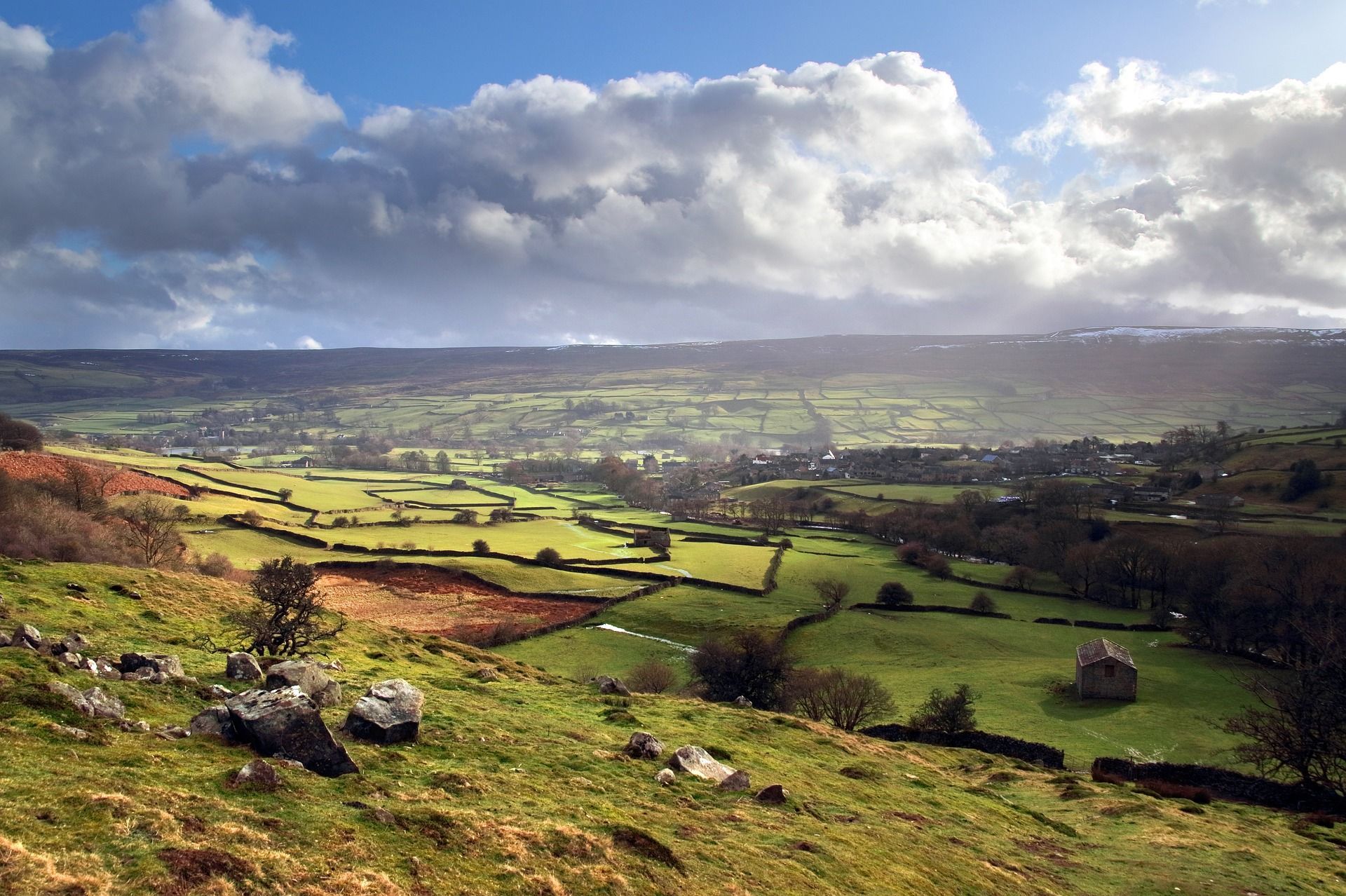
A limestone-rich landscape that's often home to caves, springs and sinkholes. These features are caused by dissolution of the limestone over many thousands of years. The Yorkshire Dales is a notable karst.
Lava tube
A type of cave formed by flowing lava. There are many lava tubes on Earth and examples have also been found on Mars and the Moon.
Pit
As with everyday language, this means a steep vertical shaft. In caving, however, it specifically refers to a shaft that requires specialised equipment to traverse.
Sea cave
A cave formed by waves from the sea. A notable example in the UK is Merlin's Cave in Tintagel, Cornwall.
Show cave
A cave that has been modified and made safe for public visits. Stump Cross Caverns is a show cave.
Solution cave
A cave formed when limestone dissolves. Solution caves are the most common type of cave.
Speleogens
Distinctive features cut into cave walls by flowing water. Speleologists use many words to describe these features, including "scallops", "spongework", "flutes" and "pendants".
Speleogenesis
The process through which caves are formed.
Speleothems
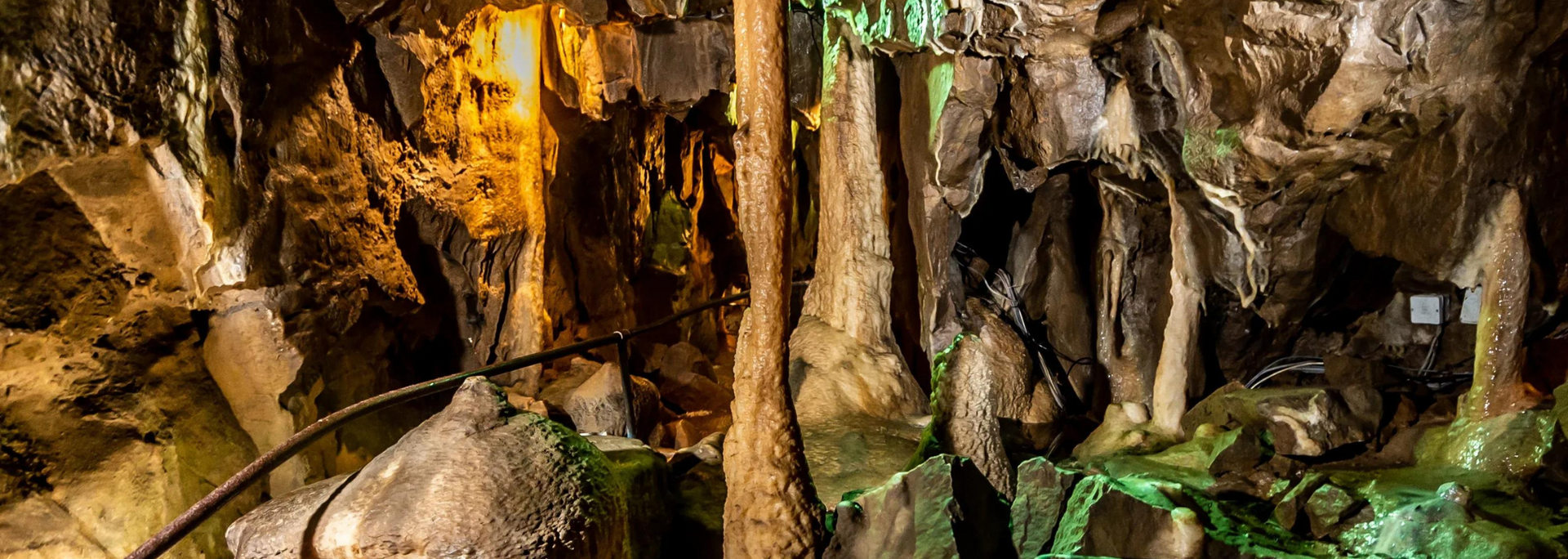
Cave features that are created when running water leaves tiny mineral deposits behind. Stalagmites and stalagmites are examples of speleothems.
Squeeze
A tight space that's difficult to get through.
Stalactite
A hanging speleothem that forms on cave ceilings. Stalactites look like icicles made of rock.
Stalagmite
Similar to stalactites, except they form on the floor. When a stalactite and a stalagmite meet, they form a new cave feature called a column.
Sump
A cave passage that's submerged in water. Short sumps are called "ducks".
Troglobite
An animal that
lives exclusively in the dark regions of a cave.
Troglodyte
A person who lives in a cave.
Troglodytes still exist today in some parts of the world.
Wild cave
A cave that hasn't been prepared for public visits. These kinds of caves are often dangerous and should only be explored by experienced cavers.
Now you know the lingo, it's time to put your knowledge to the test. Our
cave in Yorkshire is full of stunning speleothems and other awe-inspiring rock formations. Why not
book your tickets today and impress all your pals with your speleological know-how?

